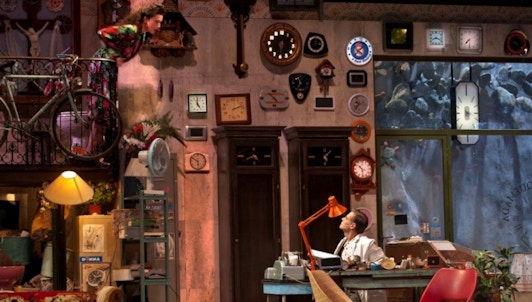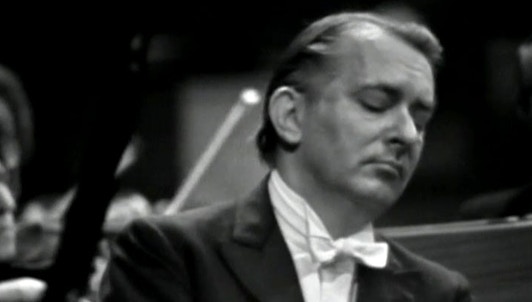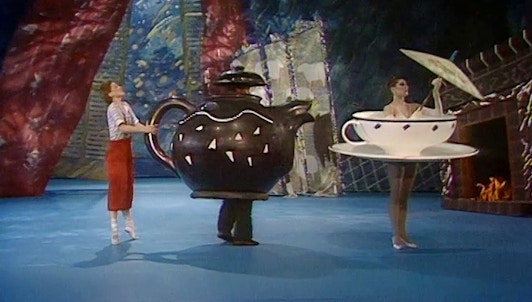Kazushi Ono and Laurent Pelly offer audiences an inspired and poetic interpretation of Ravel's classic children's opera, L'Enfant et les Sortilèges.
Ravel's L’Enfant et les Sortilèges is a lyric fantasy based on a libretto that the great French author Colette (a.k.a. Helen Simpson) wrote for her daughter. The musical score was left unfinished for years during a difficult period in the composer's life, which confronted him with both the death of his mother and his own debilitating sickness. In the end, Ravel's successful finished the musical score, a setting that meshed perfectly with Colette's writing, united by a cruel lyricism and impressively free approach to traditional forms. The work brings together numerous styles in a pastiche of everything from jazz to "oriental" music, to create a harmonious and lively musico-literary masterpiece.
The opera tells a story of a naughty child who doesn’t listen to his mother and behaves badly in her absence, and is then punished when she returns. Left alone to consider his mistakes, the Child throws a destructive and uproarious tantrum. Calming down, he tries to sit in the Armchair, but it suddenly hobbles away. His room is coming alive! The Child realizes that he has hurt the household objects and animals, who have now united to take their revenge. They throw themselves upon him. In the fray, the Squirrel is injured, and in an unexpected act, the Child binds his paw with a ribbon. The animals and objects notice that he, too, has been hurt. Concerned, they surround him and tend to his injuries. As the lights turn on in the house, the animated inanimate objects return to their places, praising the Child’s newfound kindness and wisdom.
Photo: © Simon Annand


